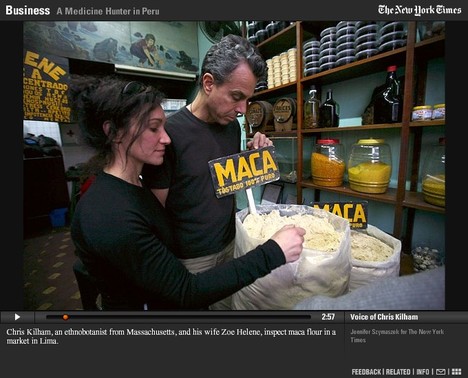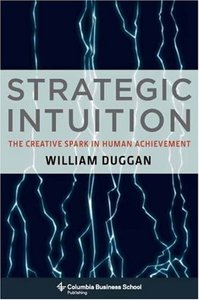(p. A22) When my Labrador retriever became acutely lame, we were able to locate a veterinary orthopedic expert in Atlanta within 48 hours who was able to repair a ruptured tendon within one week. But my prospects of identifying an endocrinologist who can care for my daughter’s diabetes when she turns 18 are much less promising.
The limited number of endocrine specialists is a not a consequence of limited demand — everyone is aware of the epidemic of diabetes we are facing. There are also shortages of generalists and other specialists, and the reason is the absence of market signals — i.e., market-based prices — for influencing the supply of physicians in various specialties.
The roots of this problem lay in the use of administrative pricing structures in medicine. The way prices are set in health care already distorts the appropriate allocation of efforts and resources in health care today. Unfortunately, many of the suggested reforms of our health care system — including the various plans for universal care, or universal insurance, or a single-payer system, that various policy makers and Democratic presidential candidates espouse — rest on the same unsound foundations, and will produce more of the same.
. . .
One important lesson of the 20th century is that, while markets are far from perfect, more choices are available when people are able to use free markets to interact with each other. Markets may not get the prices exactly correct all the time, but they are capable of self- correction, a capacity that has yet to be demonstrated by administrative pricing.
It tells you something when the supply of and demand for specialist veterinary care is so easily matched when the prices of these services are established on the market — while shortages and oversupplies are common for human medical care when the prices of these services are set by administrators in the public sector. Will health-care reformers — and American citizens — get the message?
For the full commentary, see:
Robert A. Swerlick. “Our Soviet Health System.” Wall Street Journal (Tues., Jun 5, 2007): A22.
(Note: ellipsis added.)






